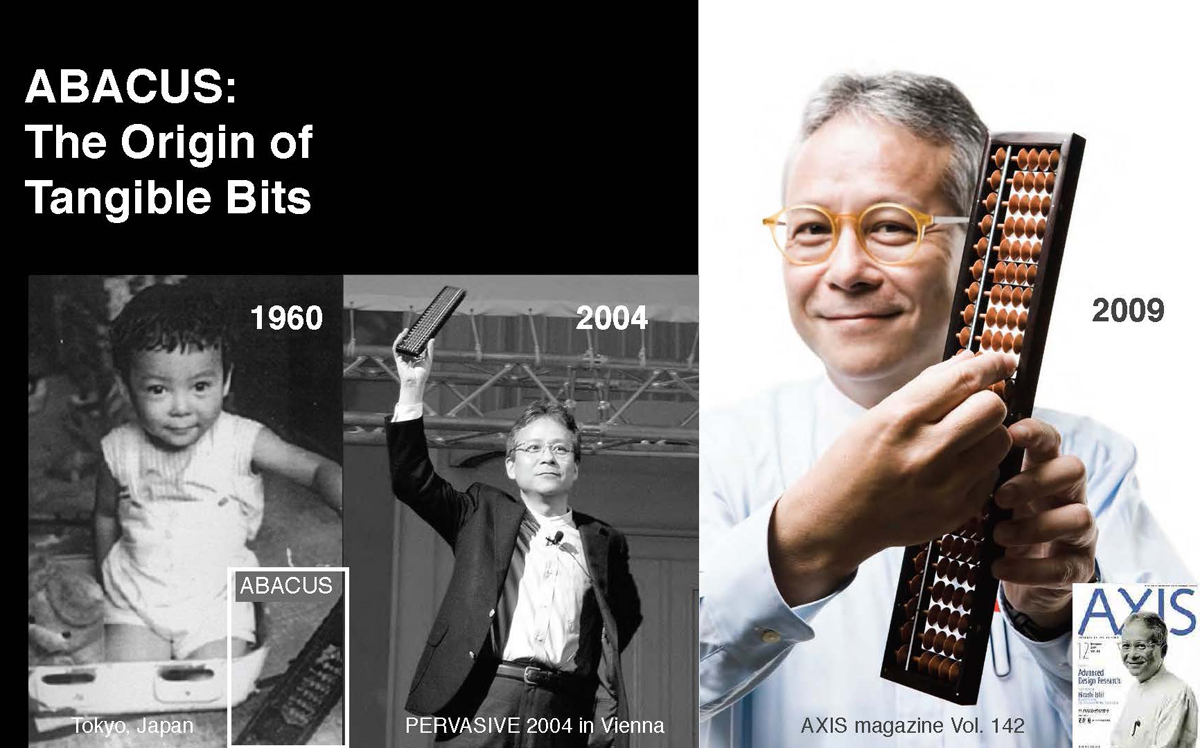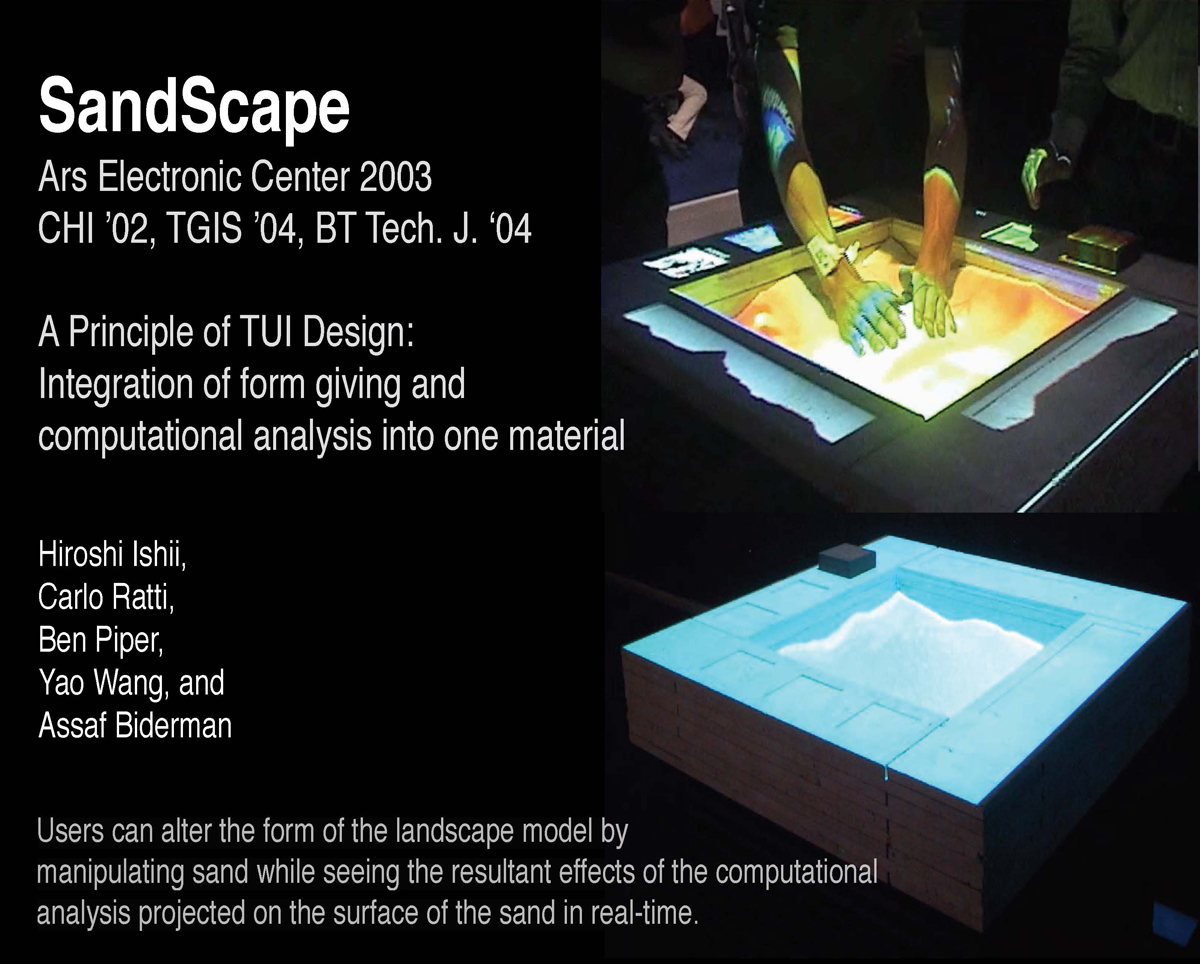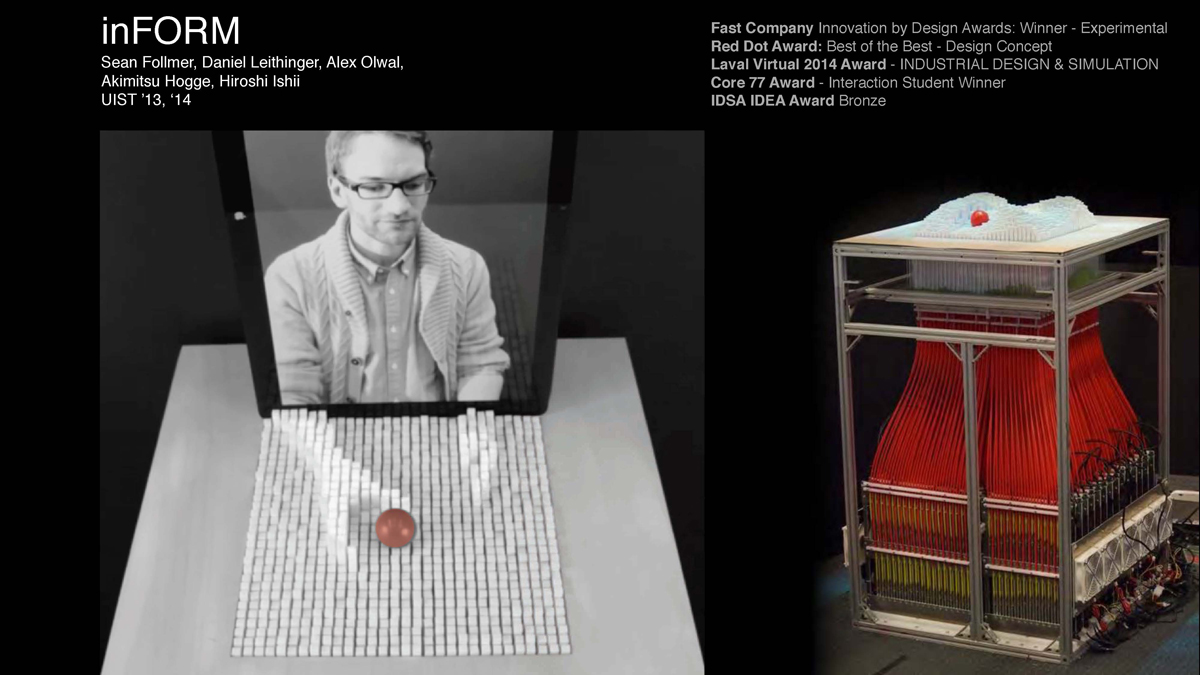"Making Digital Heritage Multisensory. Strategies and Political Impact" was the starting point for two keynote speeches and a panel discussion in the third edition of the Research Summit Series. The presentations by Prof. Sarah Kenderdine, École polytechnique fédérale de Lausanne, and Prof. Hiroshi Ishii, MIT Media Lab, on how the intangible can become digital and how the digital can become tangible, illustrated their different approaches.
In his welcoming address, Friedrich Faulhammer, Rector of Danube University Krems, emphasized that the digital age, despite all its future agility, also includes implications for dealing with the past in the form of digital heritage.
Prof. Dr. Oliver Grau, head of the Department of Image Sciences at Danube University Krems, gave a historical overview of the topic complex "Interfaces - Visualizations" in his introduction. In doing so, he spanned an arc from the panoramas of the 18th century to the frescoes of Pompei to digital art at the approx. one hundred festivals specializing in this subject which, however, still barely make it into museums and archives and are on the verge of being lost.
Transformation of the physis in digital worlds
Prof. Dr. Sarah Kenderdine spontaneously transformed her originally planned lecture "Experimental Museology: Sculpting Cultural Data" into "Making Intangible Digital". In doing so, she demonstrated how her artistic research activities represent the counterpart to the works of the second keynote speaker, Prof. Dr. Hiroshi Ishii. In her projects, Sarah Kenderdine largely deals with cultural heritage and uses the latest technologies to offer the audience new approaches to historical works of art or themes. In her corpus of works, she thematizes e.g. 1000 years of Olympic Games, the architecture of Kyoto, Angkor Wat and Hindu mythology as well as historical Kung Fu fighting techniques or the cave paintings of the Australian aborigines. She uses elaborate 360-degree projections as well as motion capture, motion-over-time analyses, 3D reconstructions and immersive videos in the case of Kung Fu. For Kenderdine, reconstructing Kung Fu practices is also a process of critical thinking, including questions of authenticity and authorship.
Making Digital Tangible – bringing haptic to the digital age
Prof. Dr. Hiroshi Ishii's keynote speech was the other side of the coin on Kenderdine's elaborations. His life work revolves around the question of how the eye-centric digital world can also be experienced through the hands. An important step in this discussion was the conception of Tangible Bits, which Ishii dealt with from 1995 to 2010. An important food for thought was the abacus, which for him represents a tangible manifestation of abstract arithmetic principles. In his projects, Ishii prefers to resort to low-threshold objects and modalities of interaction. Projects such as I/O Brush, Urp: Urban Planning Workbench or SandScape intuitively combine tangible objects with computer-aided models. The next phase was "Radical Atoms", where information brushes off the limitations of its pixel environment and adds the element of movement. In his lecture, Ishii also underlined the importance of transdisciplinarity, which surmounts old paradigms by overcoming the individual disciplines.
Experts enter into dialogue
For the ensuing discussion, the podium was expanded to include Prof. Dr. Ryszard Kluszczyński, University Łodź, Poland, Ass. Prof. Dr. Morten Søndergaard, Aalborg University, Denmark, and Prof. Dr. Oliver Grau, Department of Image Sciences at Danube University Krems. Further facets of the topic were addressed here, from the nature of (digital) heritage to the participatory and playful approach in Kenderdine's work to the critical distance that would be called into question by this approach. Walter Benjamin's concept of aura, which is explained in his essay "Das Kunstwerk im Zeitalter seiner technischen Reproduzierbarkeit" ("The work of art in the age of its technical reproducibility"), was treated in the context of digital art. The question of whether a digital replica can damage or even strengthen the aura of a work was controversially discussed. Søndergaard pointed out that the destruction of the aura can open up new access to the work, while Kluszczyński saw the origin of the aura purely in the motif and not in the mediating medium. The event made a unanimous appeal to take the necessary steps to adequately document digital cultural heritage in archives and to exhibit and preserve it in our collections, which could be achieved through better networking of memorial institutions. The audience was also able to participate in the discussion moderated by Wendy Coones, M.Ed. of the Department of Image Sciences. This opportunity was also available via e-mail and social media to interested parties who followed the Research Summit in live stream.
About the Research Summit Series
The Research Summit Series of conferences is hosted alternately by three faculties and departments at Danube University Krems. Here, internationally renowned researchers discuss societal challenges and topical issues. This time the event was organized by the Faculty of Education, Arts and Architecture and the Department for Image Sciences.
Contact
Univ.-Prof. Dr.habil. Oliver Grau, M.A.
Tags








%20Elmar%20Elbs.jpg)
%20Elmar%20Elbs.jpg)
%20Elmar%20Elbs.jpg)
%20Elmar%20Elbs.jpg)
%20Elmar%20Elbs.jpg)
%20Elmar%20Elbs.jpg)
%20Elmar%20Elbs.jpg)